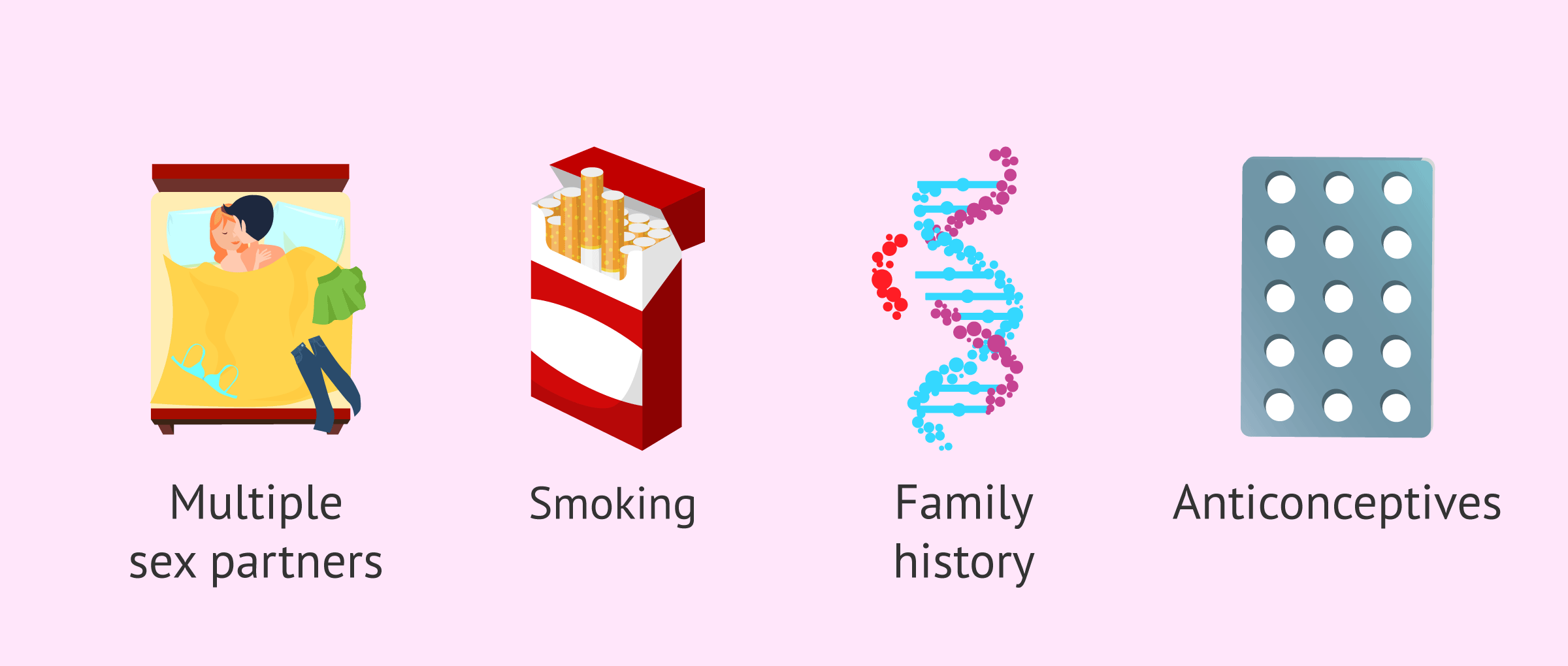What are the main risk factors for cervical cancer

Cervical cancer develops in that lower part of the uterus called the cervix, wherein cells begin to grow without stopping-quite literally. The knowledge of the primary risks can offer a possibility to make informed decisions. We shall think along with Punarjan, one of the best cervical cancer treatment hospitals in kolkata, one after another, look inside those cells, and know what is actually going on.
How does HPV manage to invade cells and play with them?
The big risk is with a virus type known as human papillomavirus, or in shorter terms, HPV. Skin-to-skin contact at that more intimate moment in life, having sexual intercourse, transfers the virus. Not all types are bad-most will go away on their own-but a few of the high-risk ones stick around and cause trouble.
At the cellular level, HPV is a sneak type of invader, slipping its own instructions into the cell's control center, manufacturing proteins called E6 and E7. These proteins latch onto the cell's natural guardians like p53-a watchdog protein that recognizes damage and tells the cell to repair itself or die if too severely damaged-and Rb, which controls cell division. In binding these guardians, the HPV allows the cell to ignore damage and continue dividing wildly. This accumulation of errors in the blueprint of the cell over a long period of time turns normal cells to cancerous cells.
Why does smoking make matters worse for the cervix?
The other major additional risk is through the lighting of cigarettes or tobacco by other means. The smoke carries along with it thousands of harmful chemicals which end up in the blood and reach the cervix.
These are small wrecking balls inside the cells, actually banging into the DNA strands-the long strings carrying a cell's recipes for life-and snapping them or twisting them wrong. The cells have repair crews for this, but with smoking it stacks up too fast; mutations happen-like typos in the recipe book-and the cells forget how to behave. In the cervix, this mixes badly with HPV, hastening the shift toward cancer. This can be reduced by quitting and this provides the cells with an opportunity to repair themselves.
What is the outcome of engaging in more than one sexual partner?
Having multiple partners over time increases the risk. Because, the virus passes so easily during intimacy. A new partner may have a different strain.
The more exposures at the cellular stage, the greater the chances of the virus infecting that thin layer of cells lining the cervix. These are protective skin-like cells, but they are fragile. Repeated infections overwhelm the body's defenses, letting the virus dig in deeper, starting those protein tricks to disable the cell's stop buttons. It is not about judging; it's how numbers add up to more virus exposures.
Does Starting Intimate Life Young Play a Role?
Early sex before the age of 18 is also a risk factor since the cervix will alter in teenage years. It is as though wet cement-not quite cured-so it gets easier to be invaded by viruses.
Cellularly, the cervix is composed of immature cells that are widely dividing as the body is growing. HPV loves this because it hitchhikes on dividing cells to spread its DNA. The immature cells have weaker barriers, and the virus integrates faster, kicking off those E6 and E7 proteins that mess with growth controls. Waiting a bit lets the cervix toughen up and makes it harder for trouble to start.
How can an exhausted immune system open the door?
It opens up greater risks if the body's defense team-the immune system-is weak from things like HIV or medicines that suppress it. Normally, the immune system would find the infected cells and zap them.
Without strong immune help, on the cell front, cells infected with HPV hide better. T-cells are usually the fighters of the body that attack virus-marked cells; a weak system lets them multiply. The accumulation of damaged cells builds up mutations without check, like a garden overrun with weeds because the gardener is sick.
Why might long-term birth control pills matter?
A slightly increased risk has been associated with using oral contraceptives for five or more years, although it is not huge for all women.
Cellular information indicates that these pills work to alter the concentrations of hormones, including estrogen that stimulates the development of cervical cells. Quick growth implies an increased number of cell divisions, and each of them may contain mistakes in the copying of DNA. This accelerates the havoc, if HPV is present, as the hormones could help the virus to remain longer.
What about having multiple full-term pregnancies?
Completely giving birth three or more times may add to the list. The cervix undergoes great stretching and changes during pregnancy.
The trouble is that all that shifting at the cell level exposes deeper layers, making it easier for viruses to infect. Hormones drive the cells to divide more, a process which can lock in HPV DNA if it's present. Plus, physical wear might leave tiny scars where mutations can get started.
Is There a Family Link to Watch Out For?
Sometimes, if the cervical cancer is in a mom or sister, your own risk ticks up a bit. This could be because of shared genes that influence how cells cope with an infection or repair themselves. Cellularly speaking, some gene variations may weaken those watchdog proteins from the outset, so even a gentle HPV shove sends cells astray. Or it might be shared habits, diet perhaps, that influence cell health. Getting checked regularly helps spot issues early, no matter what the family story is.
These risks are now familiar in advance, either of the open options, such as HPV shot that will ensure that the virus will not cause any cellular mischief, or checkups to detect the changes promptly. Small steps can make a big difference. You can read about cancer awareness on www.punarjanayurveda.com.
REFERENCE LINKS:
https://www.mayoclinic.org/diseases-conditions/cervical-cancer/symptoms-causes/syc-20352501
https://www.cancer.org/cancer/types/cervical-cancer/causes-risks-prevention/risk-factors.html
https://www.cancer.gov/types/cervical/causes-risk-prevention


